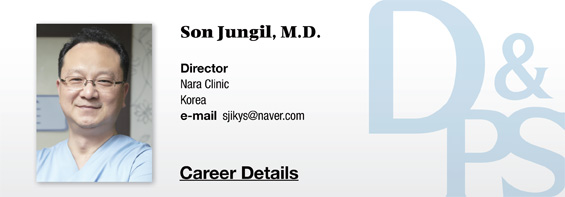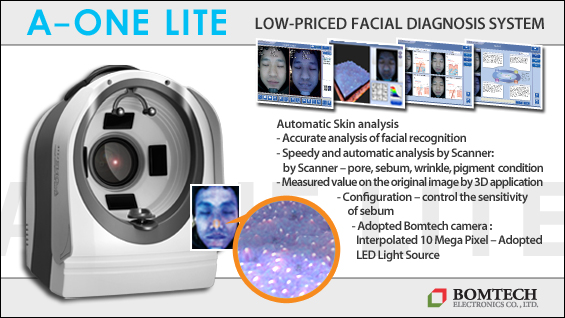
Glucose solution is known as Dextrose water. Glucose naturally exists in D-glucose and L-glucose, whose chemical structure mirror each other. D-glucose is the type that human body needs and is also called dextrose. Glucose solution can be used in various concentrations such as 5%, 10% and 20%, depending on the indication. The 5% DW 278mmol/L is isotonic to blood plasma. Glucose is the basic fuel for caloric consumption and generate about 4kcal per gram. There is 5g of glucose in 100ml of 5%DW which would generate about 20kcal. Glucose solution is also used as a base for diluting drugs, much like physiologic saline solution, but has completely different functions. Saline solution is not incorporated into the ICF, whereas glucose is easily infiltrated into ICF. Therefore, glucose allows easier intracellular delivery of nutrients compared to saline solution. However, administering glucose in a severely dehydrated patient can cause cerebral edema and even death. Glucose IV solutions with concentration of 11% or higher can cause vascular pain.
<Figure 3> shows how far the components of different solutions are delivered in the body. The red represents blood vessels and blue represents interstitial fluid. These two make up the extracelluar fluid (ECF), accounting for 1/3 of all bodily fluid and the rest is intracellular fluid (ICF), which is represented as pink. The IV solution that is provided only to the blood vessels is colloidal solution which takes up half of the entire body fluid. Among crytaloid solutions, physiological saline solution is delivered to the interstitial fluid, and takes up 4/12 of the body fluid. Glucose or distilled water disperses to the entire body fluid. Therefore, it follows that the amount of glucose solution that should be used in blood loss to supplement the vascular blood should be 12 times higher (Figure 3).

Figure3. Body fluid composition and distribution of basic IV solutions.
Similar to glucose, the fructose IV therapy is used for caloric supplementation. It is phosphorylated without the action of insulin and can be safely used in diabetics. Fructose is generally thought to cause weight gain for the following reasons; release of insulin stimulates adipocytes and leptin hormone is released to induce appetite suppression by hypothalamus, leading to lowered appetite. Fructose omits this process and can cause heightened appetite and weight gain.
[Advertisement] A-One LITE(Facial Diagnosys System) – Manufacturer: BOMTECH(www.bomtech.net)
In the past, distilled water for injection was not commonly used as a basic IV solution. With an increased use of IV high-dose Vitamin C therapy, the interest in distilled water also grew. Especially, distilled water is the recommended basic IV solution in Vitamin C doses over 30g. This is because the Na+ concentration of Na-ascorbic acid form of injectable Vitamin C increases drastically when added to an IV solution. Therefore, using the distilled water helps maintain the concentration low. The IV solution concentration is one of the most important factors involved in vascular pain. In general, concentrations below 1,200mOsm/L are thought to be injectable. However, concentrations of 1,000mOsm/L or lower are recommended to avoid pain during infusion.
-To be continued




















